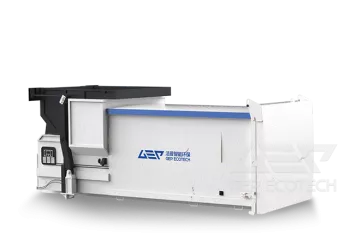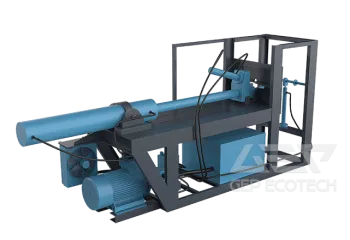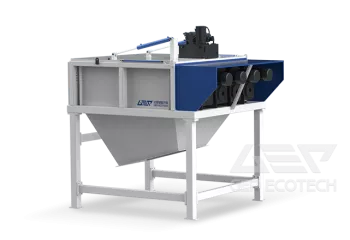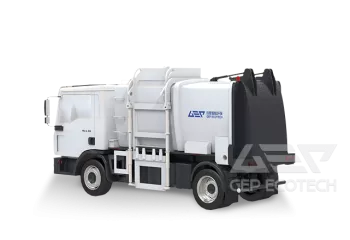Recently, Shanghai will plan to build 12 permanent building waste resource utilization plants. As soon as the news spread out, it immediately drew attention, and the "garbage Besieged" dilemma face in the development of the city was once again in front of the people. How do you deal with a million tons, even tens of millions of tons of construction waste per year? How to classify the living garbage properly? How to realize recycling and reuse? The struggle with the garbage is becoming more and more severe.

According to the European Commission on data Statistics, the data released show that among the garbage made of Swedes in landfills, non renewable waste accounted for only 1%, 36% can be recycled, 14% can be reproduced into chemical fertilizer, and the other 49% were burned to generate heat. According to the Swedish environmental protection department, factory every day can produce enough electric power for 250 thousand homes and enough thermal energy for 950 thousand families using in Sweden. There were Swedes proudly saying that nearly 99% of the waste in Sweden was recovered.
Why is Sweden in the forefront when many countries can only deal with the "garbage siege" problem by landfills? What is the inspiration for us from the "garbage disposal business" from this developed country?
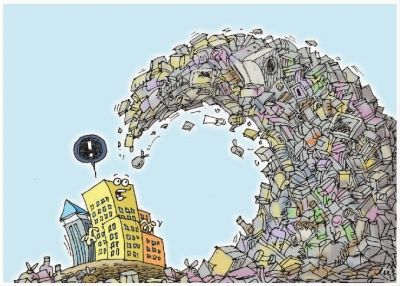
First, the Swedish government attaches great importance to environmental protection and has introduced a series of strict and feasible environmental policies. Such as the product packaging "deposit recovery" system for consumers. In order to improve the recovery rate of beverage packaging, Sweden's labels on beverage bottles will mark the deposit of beverage bottles according to the regulations, generally 0.5 Swedish kronor -2 Swedish kronor (0.4 yuan -1.59 yuan). In addition to the price of drinks, consumers must pay the deposit of the bottle at the same time. Generally, there is a special bottle recycling station at the front of the supermarket. When the consumer throws the waste bottle into the recycle bin, it will print a small ticket automatically, which clearly indicates the recovery amount. Consumers can use this small ticket to refund the money in the supermarket or to offset the purchase money directly when shopping.
Secondly, the technology of waste disposal in Sweden is very advanced. At present, most Swedish residential areas have automatic garbage collection system, which is a closed system consisting of a ground garbage bin and a series of hidden underground shaft pipes. The central collection station is usually built in the suburbs far from the residential area, where there is a thermal power plant, which can send the electricity back to the residential area after recycling the garbage, and the electricity fee is only half of that of other energy sources. In addition, the application of waste biogas re-utilization and food residue as biological fertilizer is becoming more and more mature.
Third, They actively promote the regeneration of imported waste resources. Over the past decade, garbage burning, heating and power supply industry have been developing rapidly in Norway. It is known that half of its heating in Oslo is from garbage incineration. Data show that the total amount of garbage produced by Nordic people is 1.5 billion tons a year, but the demand for garbage in Nordic heating and power supply companies is 7 million tons per year, with a gap of 5.5 billion tons. In Europe, the "garbage market" has gradually been recognized by people, and the scale is getting bigger and bigger.
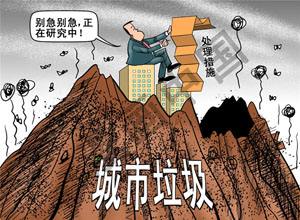
For the present China, it is still a long way to go in the process of garbage disposal. Whether garbage sorting or resource recycling after garbage crushing, more systematic garbage disposal and more professional garbage disposal equipment and programs are needed. The garbage disposal business in developed countries undoubtedly can provide more ideas and cases, but how to combine with the reality of garbage disposal in China still needs to explore the best path in continuous exploration.


